
Foldables have come a long way over the past few years. Last September, I had the opportunity to play with the Honor Magic V2. At the time, it was the thinnest, coolest, and most technically advanced foldable I had ever felt, and it arguably still is. It was nearly as thin as any normal candy bar phone, had a massive battery, support for a stylus on both displays, and impressive camera specs. Since then, I’ve been able to spend much more time with the newer, better version of it – the Honor Magic V2 RSR.
Before diving into the phone’s features, let me explain the differences between the Magic V2 and Magic V2 RSR. The RSR comes with a stylus in the box, as well as a custom back panel. It has a sleek Porsche-inspired flyline on the back and a custom camera bump. The front glass is more durable, with Honor’s NanoCrystal shield and coating, making it more drop-resistant and scratch-resistant. As someone who values scratch resistance, I’m happy to report that the Magic V2 RSR has fared significantly better than my covered-in-scratches iPhone 15 Pro Max, despite using the iPhone for around three times longer.
But, aside from those features, the Honor Magic V2 RSR and regular V2 are essentially the same, and that’s to say it’s a great foldable – I’d wager one of the best on the market from a hardware perspective. In my personal ranking, it’s only slightly edged out by one other device. Being ranked as the second-best foldable on my list isn’t easy, as it requires having a good display, great hardware, and something more than the bare minimum.
The Honor Magic V2 RSR hits all of those marks.
The size is nearly the same as any traditional “candy bar” phone, and by “the same,” I mean that in every dimension, it’s nearly identical. When closed, it’s just about as thick as any modern smartphone at a mere 9.9mm, and the outside display size is basically the same size and aspect ratio too.
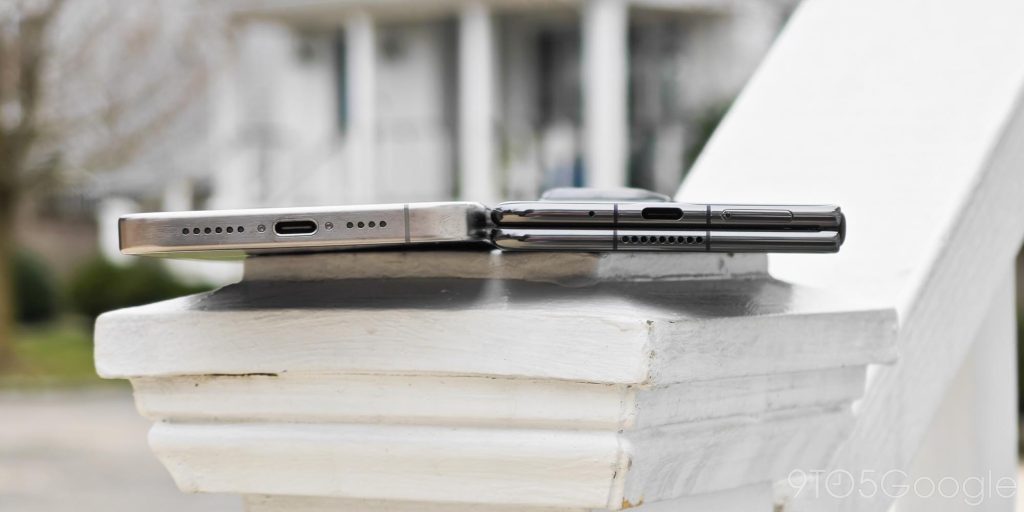
It feels nearly identical to a non-foldable phone. Honor did a great job of making a normal phone that just happens opens to be bigger, something that other foldable makers have struggled with. Samsung’s Galaxy Z Fold has always felt too thick and narrow, and even the Pixel Fold compromises the size and shape of its outer display to accommodate a folding one inside.
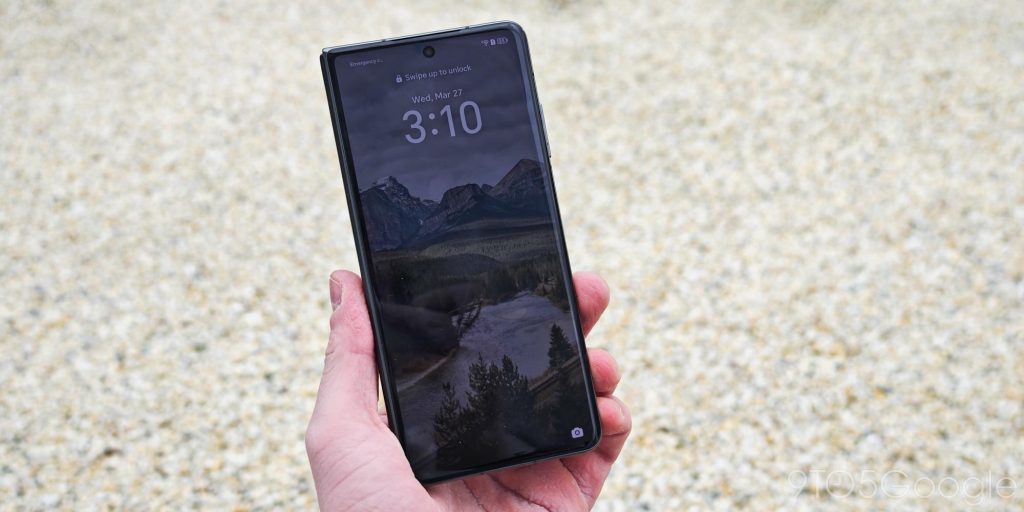

Yet, for me, I actually think I prefer foldables that lean a little more into their unique setup for the benefit of the inner display. I think that devices that are slightly smaller outside for the benefit of a wider outer display are a little better to use on the whole, and that’s why the OnePlus Open is the one device that beats out the V2 in my book. But that just comes down to personal preference! There’s a market for both, so just pick what you enjoy!
Meanwhile, when you’re actually using the device, you’ll be interacting with Honor’s Android skin, “MagicOS.”
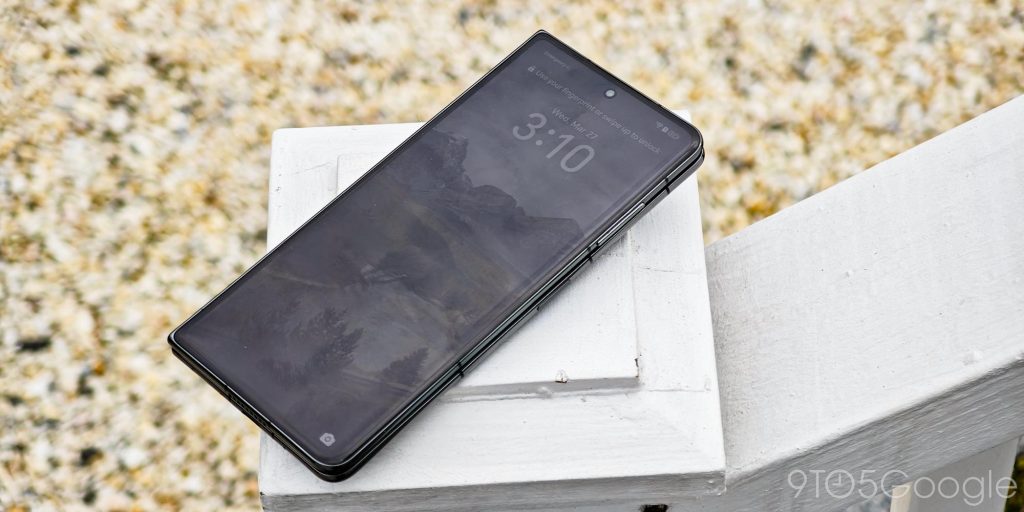
I think MagicOS is built fairly well. It feels good, even if it’s a very different experience from what you’d find on a Google Pixel. It has a few foldable tweaks here and there but not of them really jump out, but that’s alright. We don’t need features thrown at devices just for the sake of it. This is good as it is, and I have no complaints. The software, as mentioned, is heavy on top of “stock” Android, but it gets the job done without getting in the way. There’s clearly some iOS influence throughout, and you’ll deal with things like intense background optimization which is common for phones originating from China, but the overall experience is well put together.
One thing to mention is that it ships with MagicOS 7.2 based on Android 13. The Honor Magic 6 Pro, which launched at MWC alongside the Magic V2 RSR, ships with MagicOS 8 based on Android 14. There aren’t major differences between the versions, but it feels weird to launch two devices simultaneously with different Android versions.
What grabbed my attention more than other things, though, is the spec sheet and how that relates to the price tag of this special edition device. The cameras, for instance, are pretty much just fine. There’s a 50MP primary sensor, a 20MP telephoto with 2.5x zoom, and a second 50MP sensor used for ultrawide shots. It’s nothing overly impressive, but it’s a fine camera by modern standards.

Under the hood, there’s a 5,000 mAh battery – which is great by foldable standards and truly impressive given the 9.9mm folded thickness – and a Qualcomm Snapdragon 8 Gen 2 processor. That chip is fully capable, but at 18 months old, it feels out of place in what is Honor’s latest foldable release. That’s harder to swallow given the fact that this device costs £2,349 or ~2,990 USD. For almost 3,000 US dollars, it’s absurd to be using a nearly 18-month-old chip.
Normally, I don’t like to harp on price too often. Almost every product has a market that’s willing to pay for it. I just don’t feel like Honor and Porsche have the same prestige to charge such a high price for this foldable. It makes the price tag rough, especially when the basically identical Honor Magic V2 is £1,699 or ~2,163 USD. I think the Magic V2 offers a great value and works well in its market. The Magic V2 RSR? Yikes. The updated look from Porsche Design is cool, and the stronger display is great, but neither is worth over 800 extra.
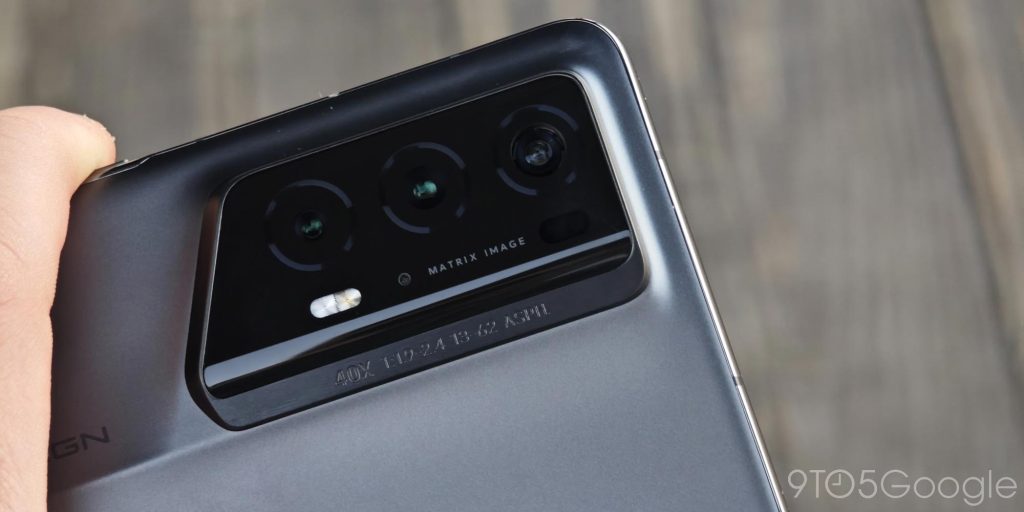
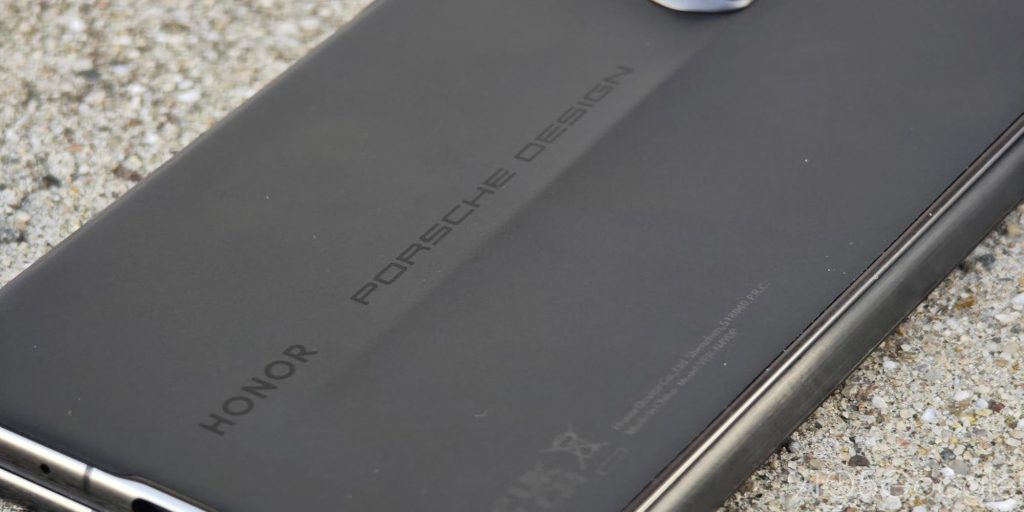
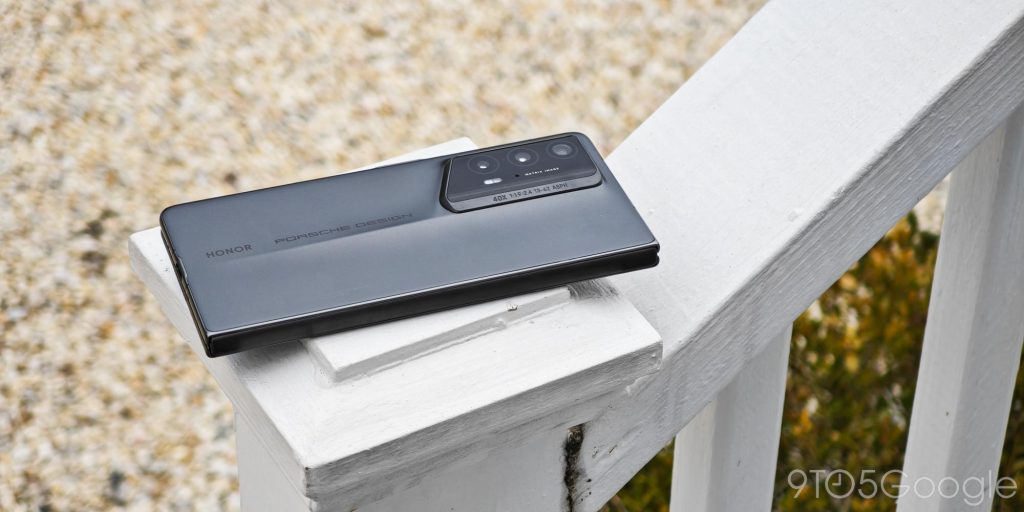
Overall, the device is great. I enjoy using the Honor Magic V2 RSR a lot. It might not be for me, but I recognize this is perfect for a lot of users. It’s a great phone with a cool design and partnership.
However, honestly, just go for the Magic V2. It’s cheaper, and you get 99.9% of the experience for $800 less – unless you’re a huge Porsche fan and love Porsche Design products. Then you’ll love it! And that’s exactly the demographic this phone is for: Porsche fans. What’s great is that there is a cheaper option for those who don’t really care.
FTC: We use income earning auto affiliate links. More.

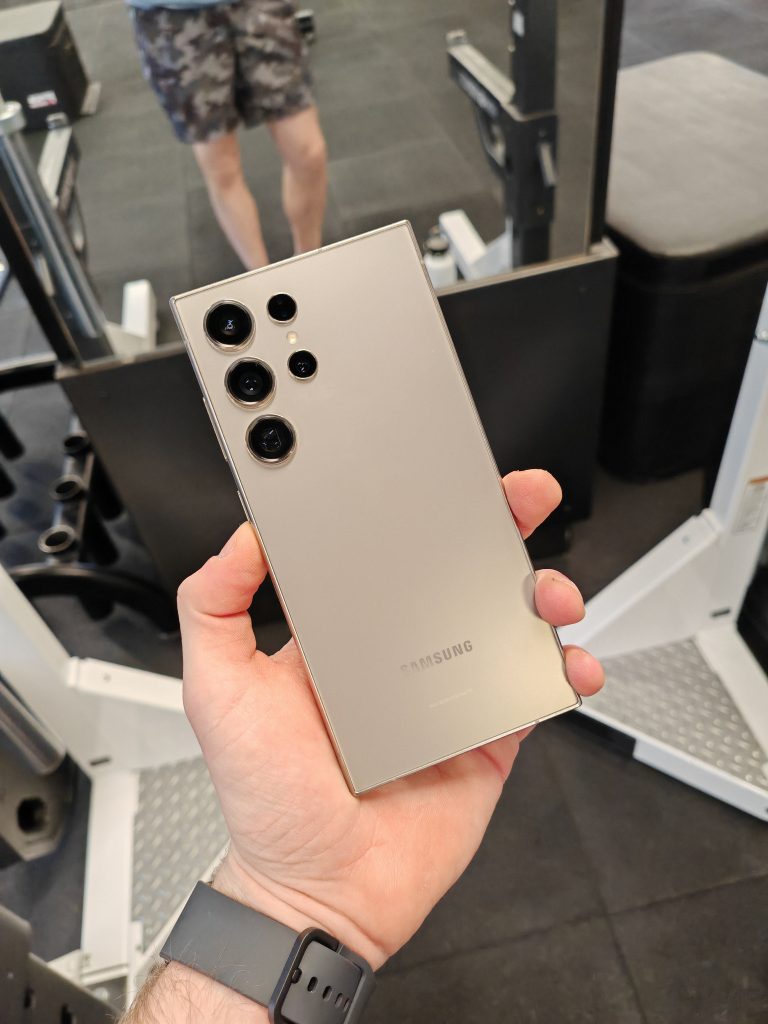




Comments